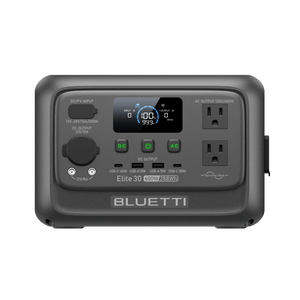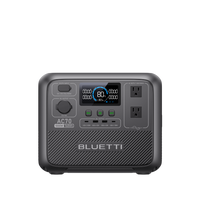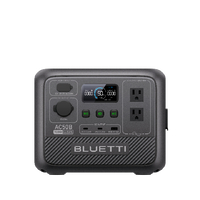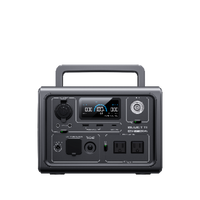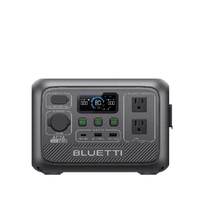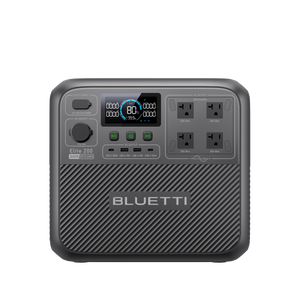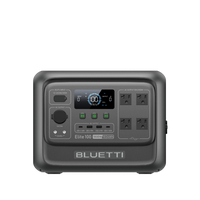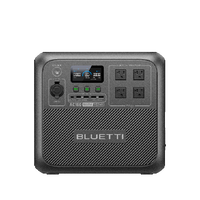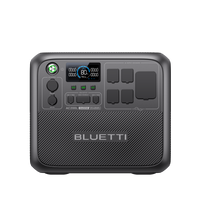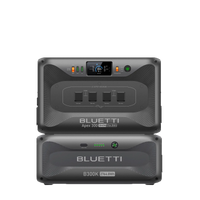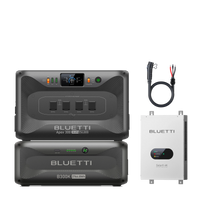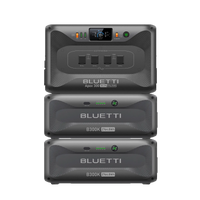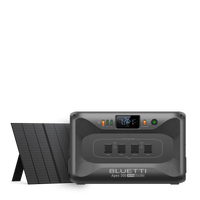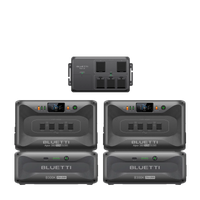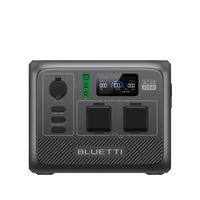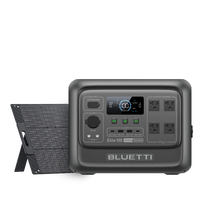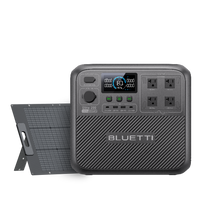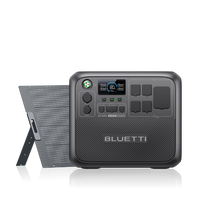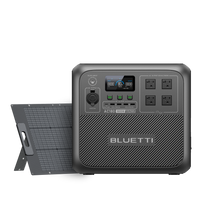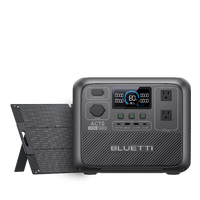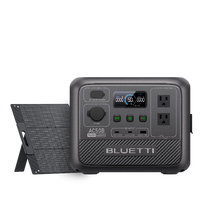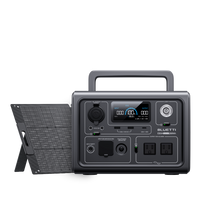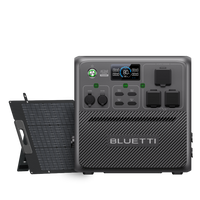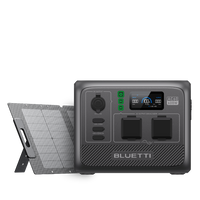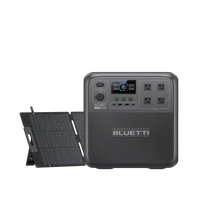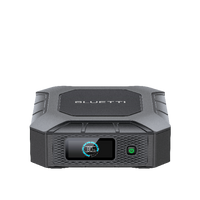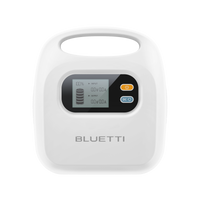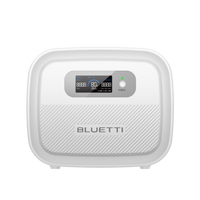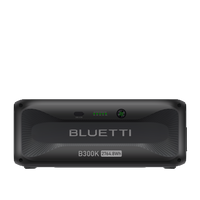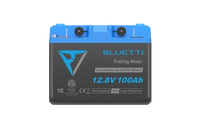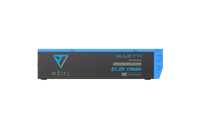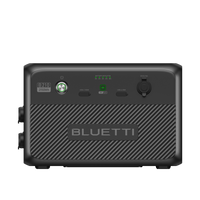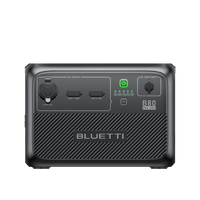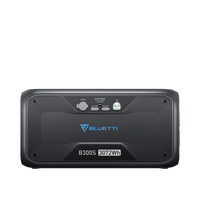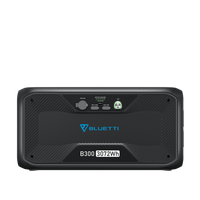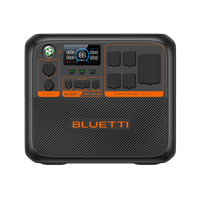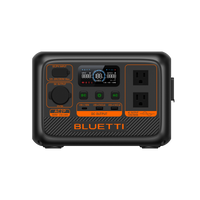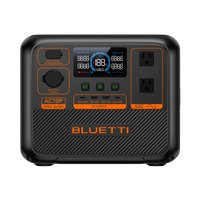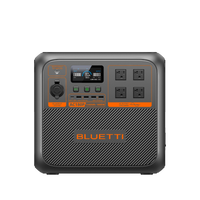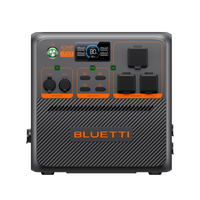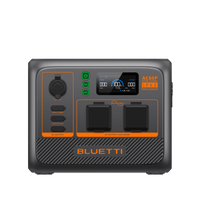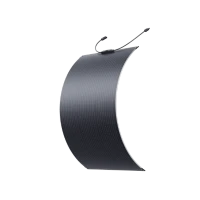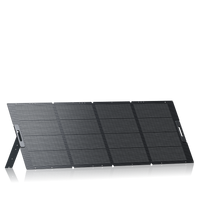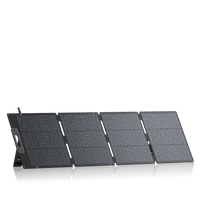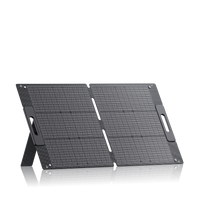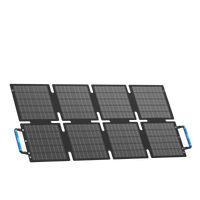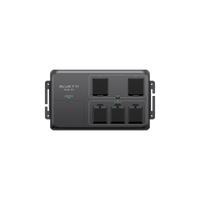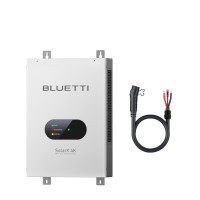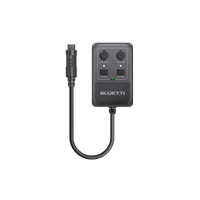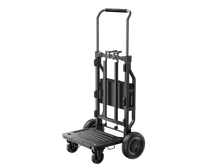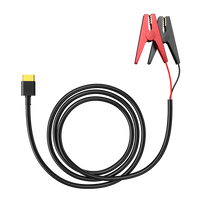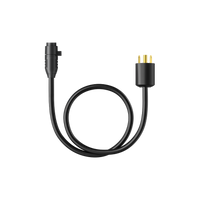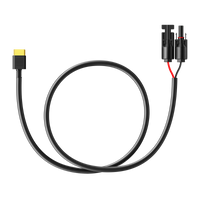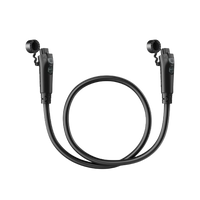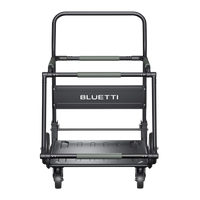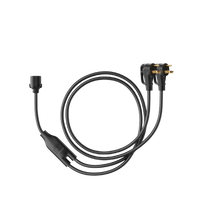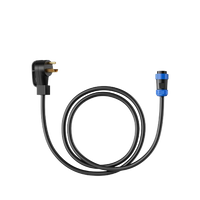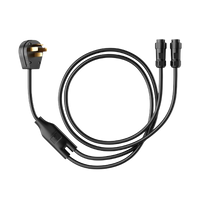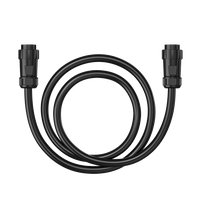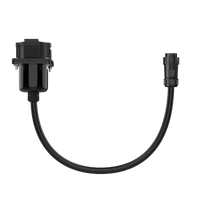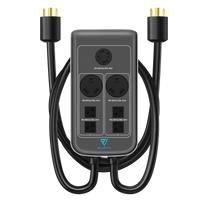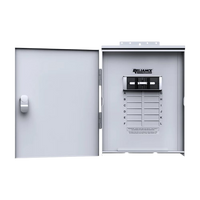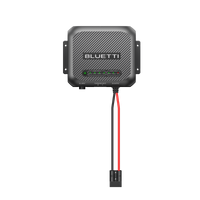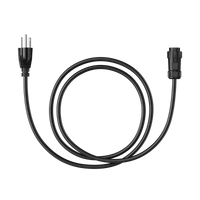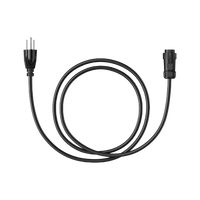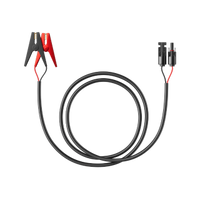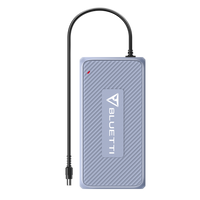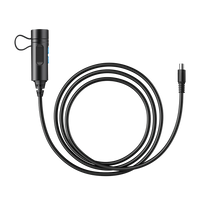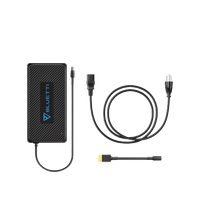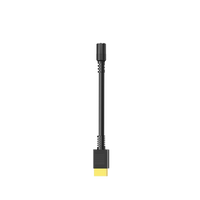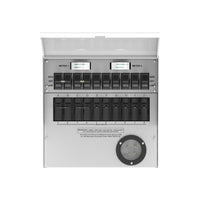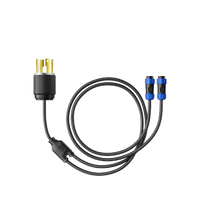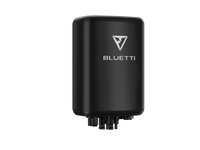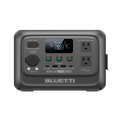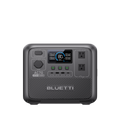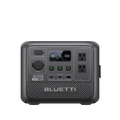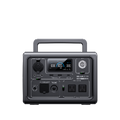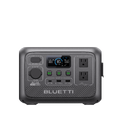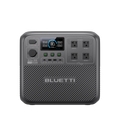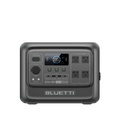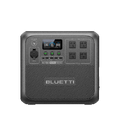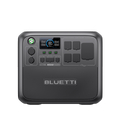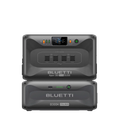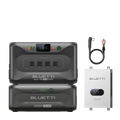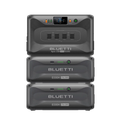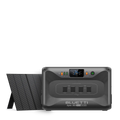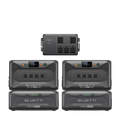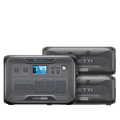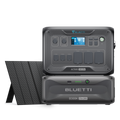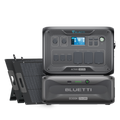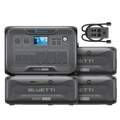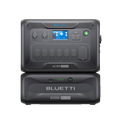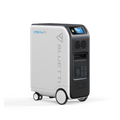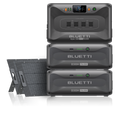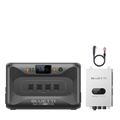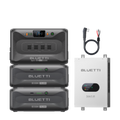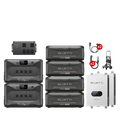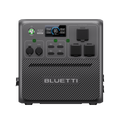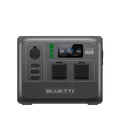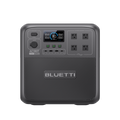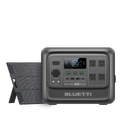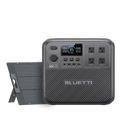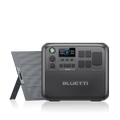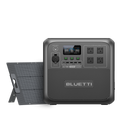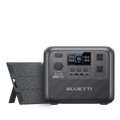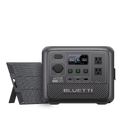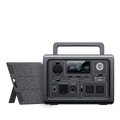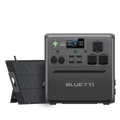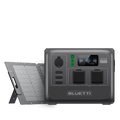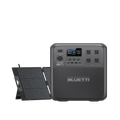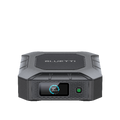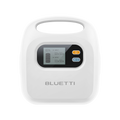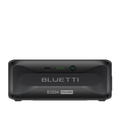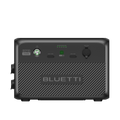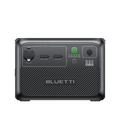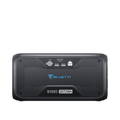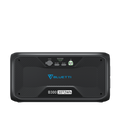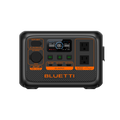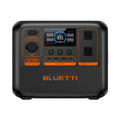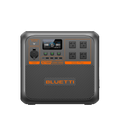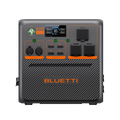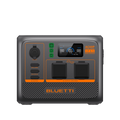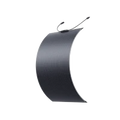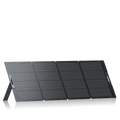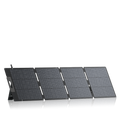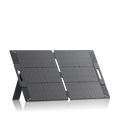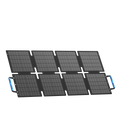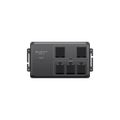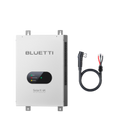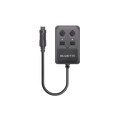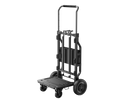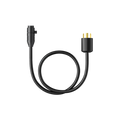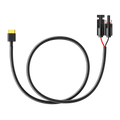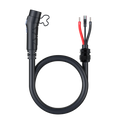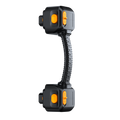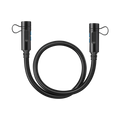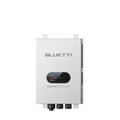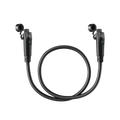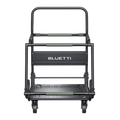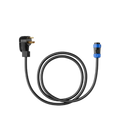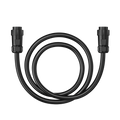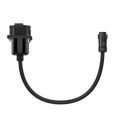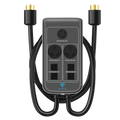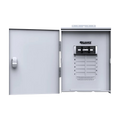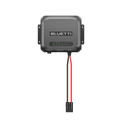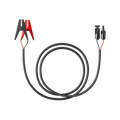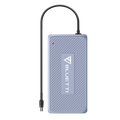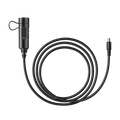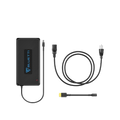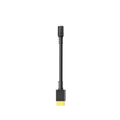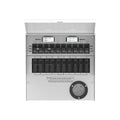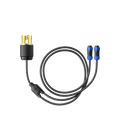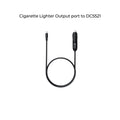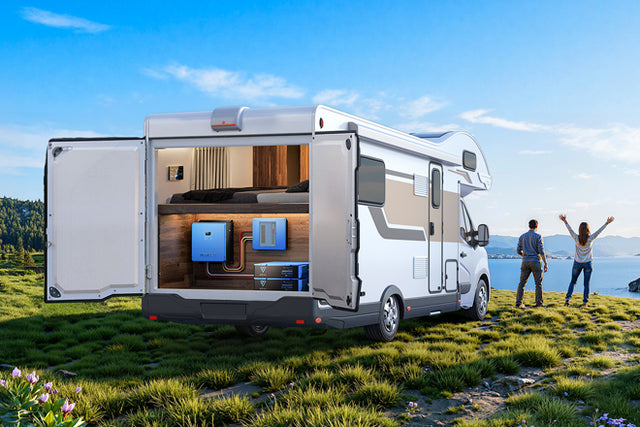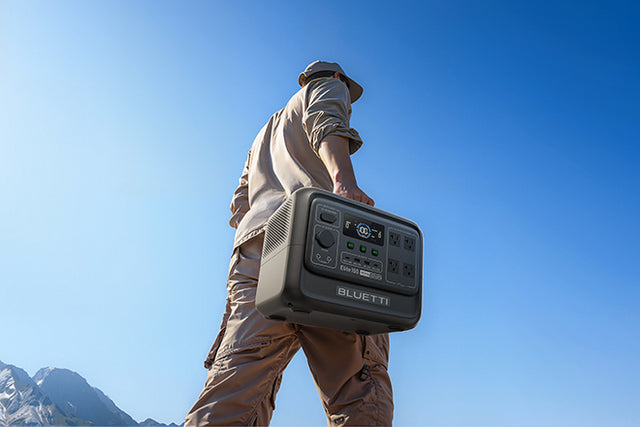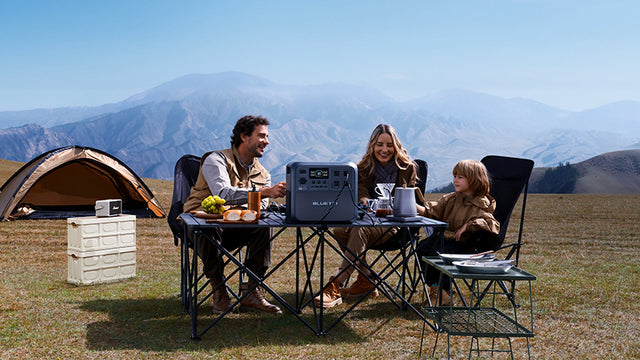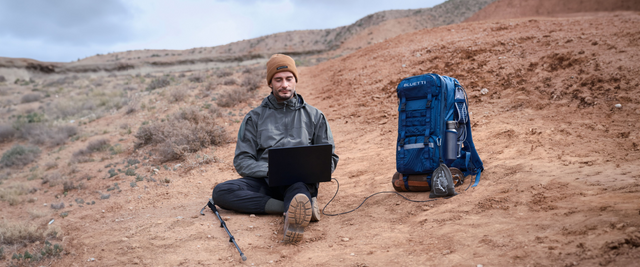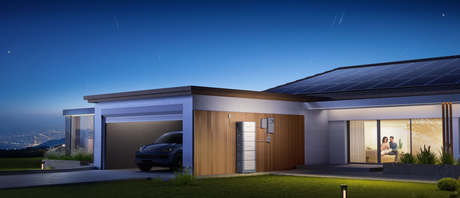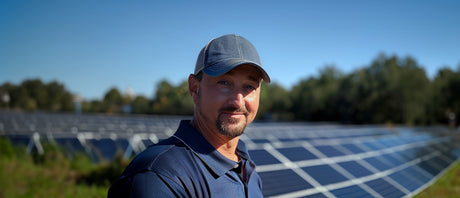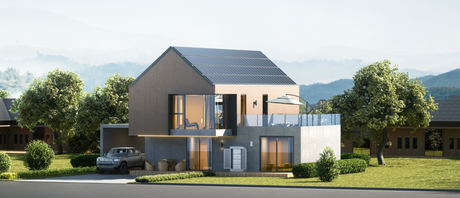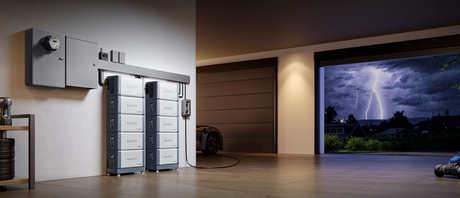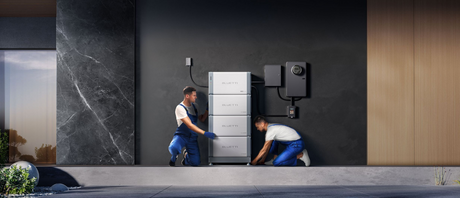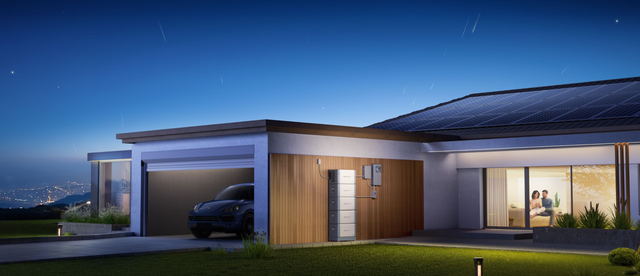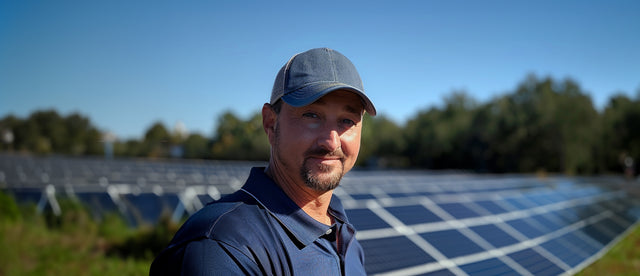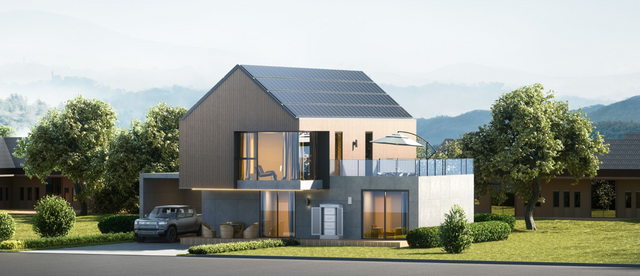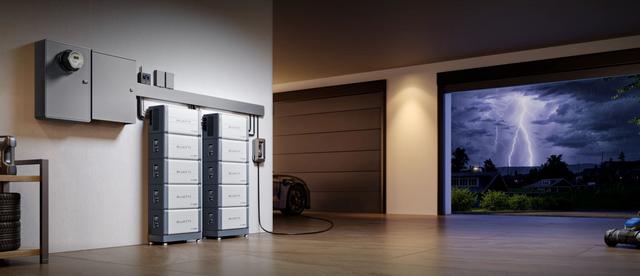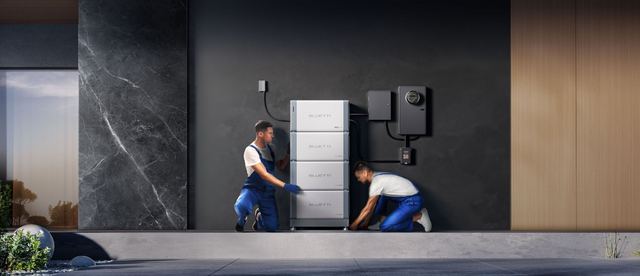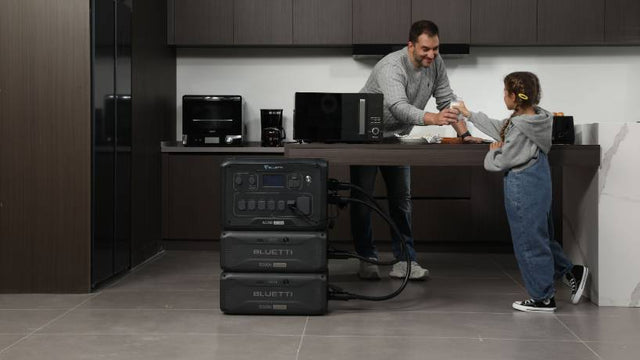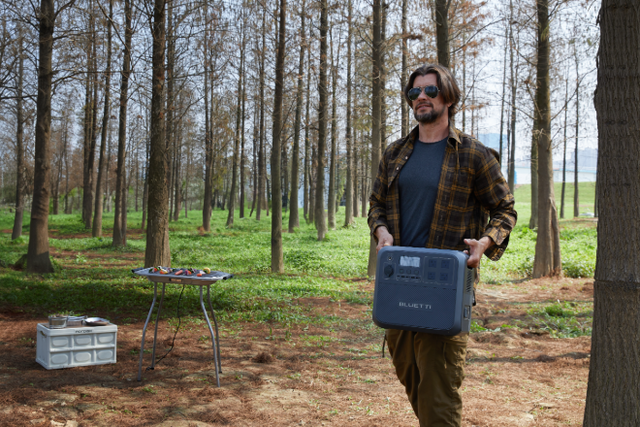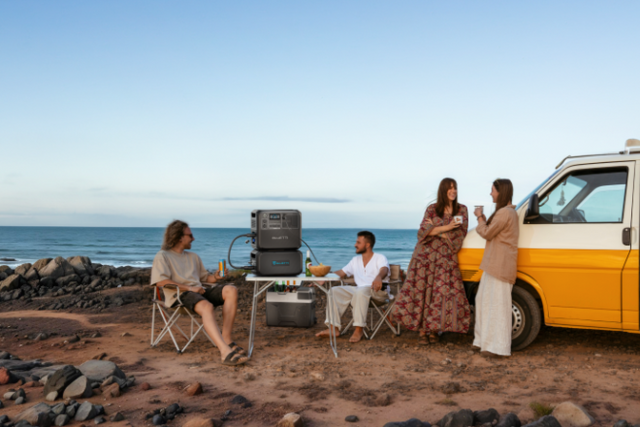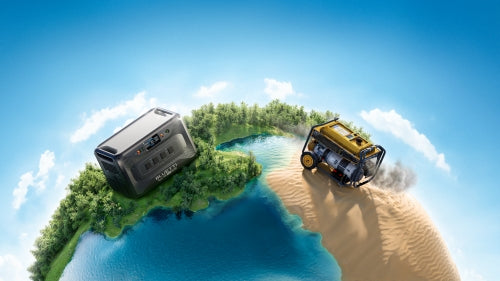Your cart is empty
Shop our productsAs summer heat peaks and electricity bills rise, alternatives to air conditioning—like fans—become more appealing for saving energy. Though not as powerful as air conditioners, fans offer reasonable cooling at a very low cost, making them the most practical and inexpensive way to beat the heat. But why is a fan pocket-friendly choice? How much electricity does it consume? Read on to learn more, as we've compiled all the essential facts.
Do Fans Draw Large Amounts Of Electricity?
A common misconception is that fans significantly increase summer energy bills. However, this perception is not so true when contrasted with cooling mechanisms like air conditioners and coolers. The power consumption of a fan depends on several factors, primarily on the fan's power rating. An oversized fan with a heavy-duty motor is more likely to require more power than a smaller fan with a smaller motor. Consequently, claims that fans draw excessive power are often overstated. As we explore next, we'll break down the key factors affecting fan power use and how to measure your specific wattage.
What Is The Average Power Usage Of A Fan?

The amount of electricity a fan consumes is dependent on things like fan size, motor power, and how long it is used. A household fan, on average, uses about 50 to 100 watts in an hour. To find out how much power the fan will consume, just multiply the wattage by the number of hours the fan is turned on. For example, a 75-watt fan run for 8 hours per day uses 600 watt-hours (75 watts × 8 hours). In order to ascertain the monthly electricity consumption, multiply the daily usage by the number of days in the given month. Taking 30 days, the monthly electricity consumption would be 18,000 watt-hours (Wh) or 18 kilowatt-hours (kWh). Given an average electricity rate of $0.1747 per kWh (U.S. average, August 2025, ChooseEnergy/EIA), a one-month operation of the fan would cost $3.14 at maximum.
It's important to remember that a fan's power consumption depends on its speed setting. When a fan is running at a low speed, it uses less energy than when it is running at a high speed. For the purposes of calculation, we've supposed that the fan is set at the maximum speed at all times. Reducing the fan speed lowers power consumption significantly. Such a move can actually mean that you are able to conserve energy.
Factors Affecting Fan Electricity Usage
Fan Type
Different fan types consume varying amounts of electricity. For instance, it is commonly known that a ceiling fan uses less electricity and power than a box fan due to the differences in design, in addition to the efficiency of the motor.
For example, a 15-watt ceiling fan with a DC motor could operate at low speed, while a box fan with a traditional motor could use 70 watts at high speed.
Fan Size
The size of the blades can impact the electricity consumption. The bigger the blades are, the more power they need to move, but they can cause more air to circulate if you want to keep the fan running at the same speed level.
A single small desk fan might consume 25 watts, while a larger pedestal fan might require 50 watts to provide the same airflow.
Speed Settings
The fan's speed directly affects its energy consumption. Running the fan at a higher speed also requires more electricity than the lower speed settings.
Let us take an example of a tower fan running at high speed. This could lead to it consuming 60 watts, while in a lower speed setting, only 30 watts would be needed.
Usage Patterns
The frequency and duration of fan usage also significantly impact total electricity consumption. Leaving the fan running for extended periods increases energy consumption.
For example, a 60W ceiling fan running 8 hours a day uses about 0.48 kWh, while running it 24/7 would use about 1.44 kWh.
Environmental Factors
Factors like room temperature, humidity, and ventilation obstructions can reduce fan efficiency, forcing it to run longer or at higher speeds to maintain comfort. In such conditions, the fan is likely to have to run longer or operate at a higher speed, which obviously leads to an increase in power usage.
Typical Energy Usage Of Various Fan Types
There are various types of fans, each with a different power output, responsible for the energy consumption and monthly bills. The average wattages for various types of fans, along with their monthly kWh power consumption and electricity costs, are as follows (Choose Energy, 2025).
|
Fan Type |
Avg Wattage (Max) |
Avg kWh per Month (~8 hours/day) |
Estimated Monthly Cost ($0.1747/kWh) |
|
Ceiling Fan |
30–60 W |
7–15 kWh |
$1.22–$2.44 |
|
Box Fan |
80–100 W |
19–24 kWh |
$3.32–$4.19 |
|
Tower Fan |
50–70 W |
12–17 kWh |
$2.10–$2.97 |
|
Pedestal Fan |
60–80 W |
15–24 kWh |
$2.44–$4.19 |
|
Desk Fan |
20–40 W |
5–10 kWh |
$0.87–$1.75 |
|
Window Fan |
60–80 W |
15–24 kWh |
$2.44–$4.19 |
Ways To Minimise The Cost Of Running A Fan

Energy-Efficient Fan Models
The use of energy-efficient fan models is one of the simplest and most efficient ways to reduce electricity costs by a large amount. Be on the lookout for the ENERGY STAR certification or those fans with energy-saving features like DC motors with less power consumption than traditional AC motors.
Proper Fan Sizing
When it comes to the fan size for your space, you should be very careful about the choice. Oversized fans may have a higher power consumption than is needed, while the smaller fans may need to run at a faster speed to provide the proper airflow. The fan size has to be chosen to be the most suitable for the room so as to optimize energy usage and reduce costs.
Optimal Speed Settings
Using the fan for operating at the minimum speed can significantly reduce energy consumption. Dynamic adjustment of fan speed on the basis of the needs of comfort and the prevailing conditions, like the room temperature and humidity levels, will guarantee efficient operation and the satisfaction of the space cooling and ventilation needs.
Smart Usage Habits
Smart behavior habits can also help to reduce energy consumption. Turning off the fan when it is not being used, using natural ventilation if reasonably possible, and combining ceiling fans with air conditioning to properly circulate the cooler air are all methods that can help lower your electricity bills.
Regular Maintenance
Regular maintenance of the fan can help in achieving efficiency and extending the life span of the fan, thus reducing operational costs. Routinely clean the blades and the motor housing to remove the dust accumulation, apply lubrication to moving parts as needed, and check for any signs of wear and damage that might prevent the machine from functioning efficiently.
Determining The Ideal Fan Size For Your Living Space
Room Size
Think about the size of the room in which the fan will be placed. A bigger room needs a fan with a bigger blade to ensure that airflow is sufficient, while a small room may be well-served by a smaller fan.
Ceiling Height
Make sure to consider the height of the room's ceiling. For higher ceiling fans, get longer downrods to be able to circulate air properly and maximise efficiency.
Wattage Rating
Furthermore, be mindful of the fan's wattage to save energy. Go for fans with lower wattage ratings than those with higher ones to save electricity consumption, but without decreasing performance.
Blade Span
The blade span, or the diameter of the fan, determines how much air the fan can circulate. Pick a fan with a blade span that matches the size of the room.
Fan Mounting Options
There are different mounting options, among which is the flush mount or downrod mount that can help to accommodate different ceiling heights and room sizes. Decide on the mounting option that will meet your needs.
Using a Fan During A Power Outage
BLUETTI Elite 100 V2 Portable Power Station

The BLUETTI Elite 100 V2 power station is a multi-functional device for use during power outages as well as in off-grid conditions. This solar generator, with a storage capacity of 1,024Wh and 1,800W continuous output (peak 3,600W, Power Lifting 2,700W), is able to run the necessary appliances during emergencies. Its features include 4x AC outlets, high-wattage USB-C ports (100W & 140W), USB-A, multiple DC ports, and a 12V carport, allowing it to power a wide range of devices simultaneously.
Throughout a power outage, the Elite 100 V2 is capable of running basic home appliances such as lights, refrigerators, laptops, routers, TVs, and even coffee makers or microwave ovens. Particularly, it can drive fans and cooling devices quietly (30dB operation) to maintain comfort and ventilation during times of electricity shortage. Fans are indispensable during outages to keep air flowing, particularly in hot or stuffy environments, giving relief and enhancing overall living conditions.
With the BLUETTI Elite 100 V2, you can be sure of constant airflow, seamless UPS backup (<10ms switch time), and fast recharge (80% in just 45 minutes with TurboBoost™) for comfort, safety, and reliability during unexpected power cuts. Its long-life LiFePO₄ battery (4,000+ cycles, 10+ years of daily use) ensures dependable performance whether you're at home, camping, or off-grid.
BLUETTI AC200L Portable Power Station

BLUETTI AC200L, our advanced portable power station, is not only powerful but versatile, making it the perfect solution when the power is out or when you need reliable off-grid energy. With its rugged yet modern design and all-in-one capability, portability and functionality are never an issue.
This model incorporates a 2,048Wh capacity (expandable up to 7,577.6Wh with extra batteries) and delivers a 2,400W continuous power rating (4,800W surge, 3,600W Power Lifting mode) to keep your essential and heavy-duty appliances running in the event of a power outage. It's ideal for powering fans, lights, chargers, refrigerators, TVs, PCs, medical devices, and even RV appliances.
When the grid drops out, one major feature includes its 20ms UPS function, ensuring uninterrupted operation for sensitive devices. It can run fans and cooling systems quietly, keeping you comfortable during hot summer days or stuffy nights without power. On top of that, the AC200L can be rapidly recharged via 2,400W AC input in ~1.5 hours or 1,200W solar input in ~2.5 hours, assuring a steady energy supply even during extended outages.
For RV, van life, or off-grid cabins, the AC200L shines with its NEMA TT-30 port (12V/30A), multiple AC/DC outputs, and full pass-through charging, giving you seamless energy access wherever you are. Its LiFePO₄ battery chemistry (3,000+ cycles to 80% capacity) ensures a long lifespan, while the BLUETTI advanced management system provides safe, efficient, and sustainable power for years to come.
BLUETTI AC60

BLUETTI AC60 is an outdoor power solution that is strong, reliable, and built for any adventure. The weight of just 18.9 lbs (8.6kg) makes it easy to carry, no matter where you go – whether you are roaming in the dusty deserts, camping in the rain, or staying lakeside with peace of mind thanks to its IP65 waterproof and dustproof rating.
When it comes to Power Lifting Mode, the AC60 is second to none, with an output of 600W (surge 1,200W), enough to handle high-wattage appliances such as kettles, hair dryers, and mini cookers. Moreover, it has multiple output options (AC, USB-C 100W, USB-A, DC car port, and even 15W wireless charging) to keep all your devices powered — from ice-makers to laptops, phones, and camping gear.
Whether you're camping, tailgating, off-grid traveling, or facing a power cut, the BLUETTI AC60 is the answer to your needs. With its expandable capacity (403Wh base to 2,015Wh with B80 expansion battery), ultra-quiet <40dB operation, and fast charging (0–80% in just 40 minutes), it ensures you always have reliable backup power to keep your fans, lights, and essential devices running smoothly and comfortably in any scenario.
Final Thoughts
In sum, the knowledge of the electricity consumption of a fan is beneficial for controlling energy expenditures. By considering fan type, size, speed settings, and usage patterns, you can make informed choices to maximise energy efficiency. Besides that, the use of energy-saving practices along with fan models that are energy-efficient can help in minimizing the use of energy. With the help of these facts, you will be able to enjoy the cooling effect of a fan while at the same time reducing the amount of money that you spend on electricity.
FAQs
How much electricity does a ceiling fan use per hour?
A ceiling fan typically consumes 0.05–0.08 kWh per hour, depending on its size, speed setting, and motor efficiency. That means running it for 10 hours would use about 0.5–0.8 kWh of electricity.
Is it cheaper to use a fan or an air conditioner?
Yes, a fan is much cheaper. While an AC may consume 500–2000 watts per hour, a standard fan only consumes 1/10th to 1/20th of that power, making it the most cost-effective cooling option.
How can I reduce the electricity a fan consumes?
You can save energy by using the fan only when in the room, cleaning blades regularly for efficiency, pairing it with natural ventilation, and opting for energy-efficient ceiling or pedestal fans with a 5-star rating.
